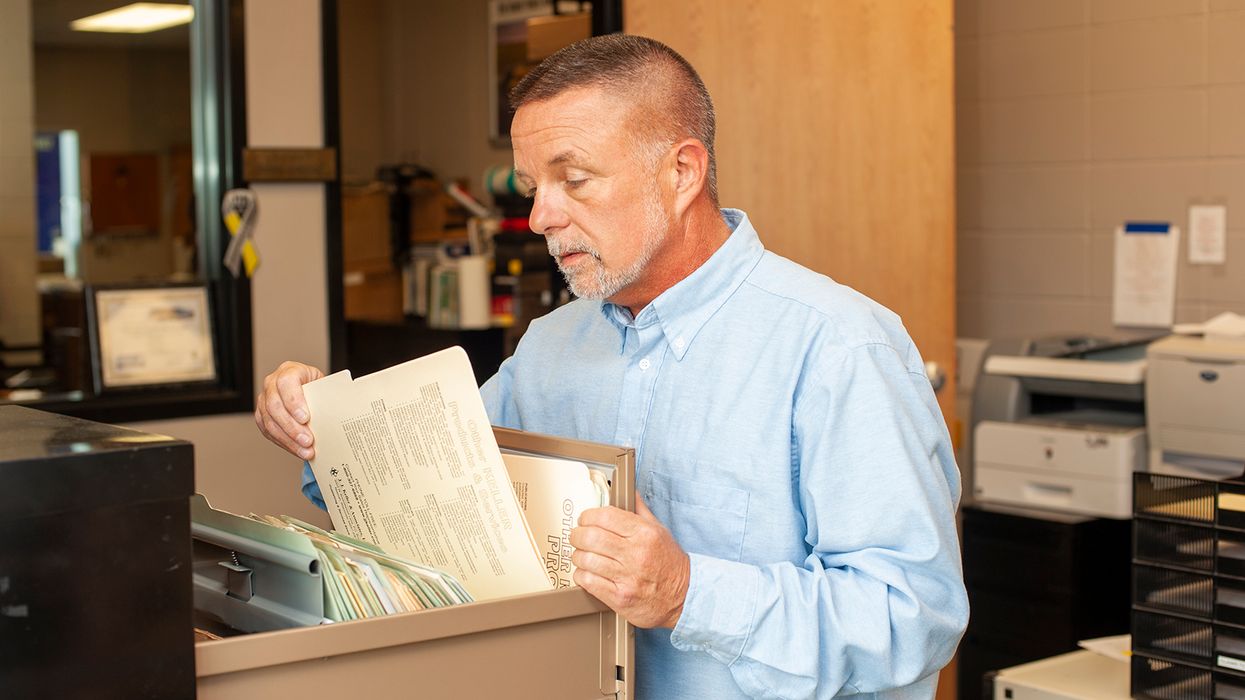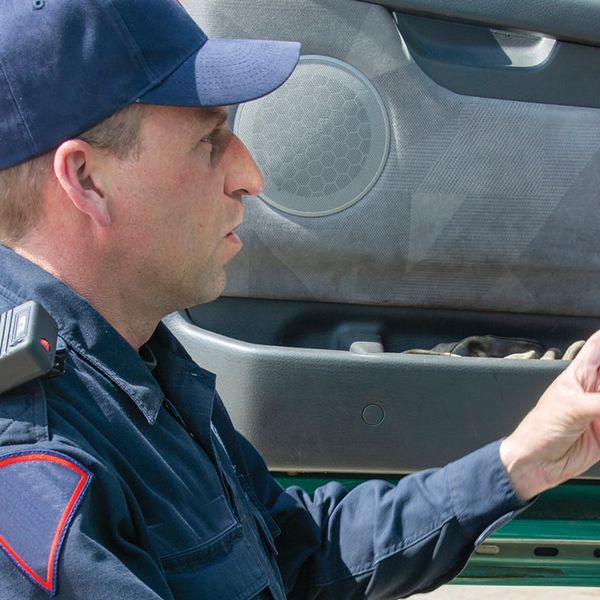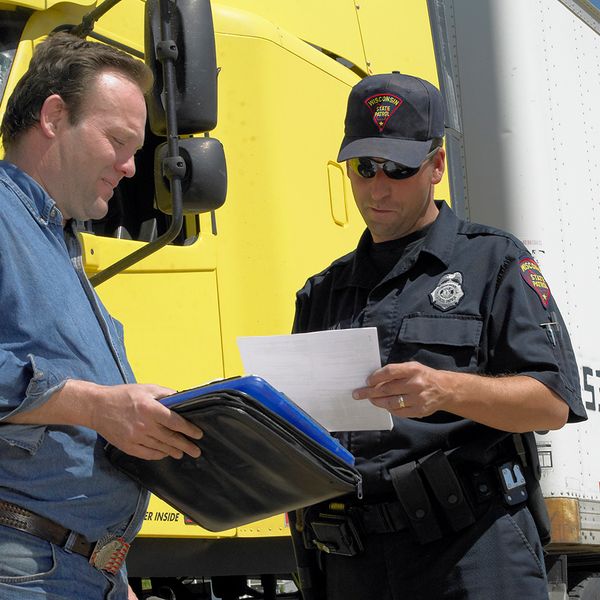Preparing for a hazmat audit: Key insights and expectations
I’m not sure there is anyone out there who wants to go through an audit, especially a hazmat audit. However, audits do happen, and you should be prepared for it when your time comes. Hopefully, some of the information we provide will give you some insight as to how an audit is conducted and what to expect during an audit.
Contrary to popular belief, the goal of an audit is not to disrupt your daily activities and find ways to issue fines. The goal of an audit is to ensure compliance with the regulations, minimize risk, and ensure safety associated with the transportation of hazardous materials. In most cases, the auditor will work with you to identify and fix any noncompliance issues found, such as lack of knowledge or flawed procedures. Civil penalties are typically a last resort for those unwilling or unable to comply.
Document review
During an audit, the first thing you will be asked to provide is the documentation for everything you are required to retain. So be prepared to pull the files for the following documents if they apply to your situation:
- Training records for hazmat employees,
- Hazmat driver records,
- Hazmat shipping papers,
- PHMSA registration,
- Hazmat safety permit,
- Security plans,
- Package closure instructions,
- Special permit documentation,
- Special permit training records, and
- Safety data sheets.
If you don’t have these documents, start looking for them and get them into your storage or filing system. Once requested, you should be able to provide these documents to an auditor within a reasonable amount of time. The more organized the documentation is, the easier your audit will go.
Need additional information on retention requirements for hazmat shipping papers? Check out our shipping paper retention ezExplanation.
Workplace/facility inspection
After the auditor looks at your documentation, they will take a stroll through your workplace or facility to ensure proper regulatory procedures are being followed. They will be looking to ensure:
- Hazmat is properly stored and segregated;
- Employees are using company security procedures;
- Hazmat is properly packaged;
- Packages are properly marked, labeled, and/or placarded; and
- Employees are familiar with emergency procedures.
Ensuring your hazmat employees are current with their training and any company policies or procedures relating to hazmat will help to ensure the walk through goes as smoothly as can be expected.
Post-audit expectations
After the audit is complete, the auditor should provide an out-briefing to inform you of any concerns or discrepancies found during the inspection. If there were findings, you will likely receive a Letter of Investigation within 10 days of the inspection. A Letter of Investigation is an investigative tool that serves the dual purposes of notifying an alleged violator they are under investigation and provides them an opportunity to respond to allegations.
Key to remember: While an audit can be nerve-wracking, the auditor is there to work with you, not against you. Having all your paperwork in order and your employees prepared will help to ensure your audit runs without a hitch.



















































